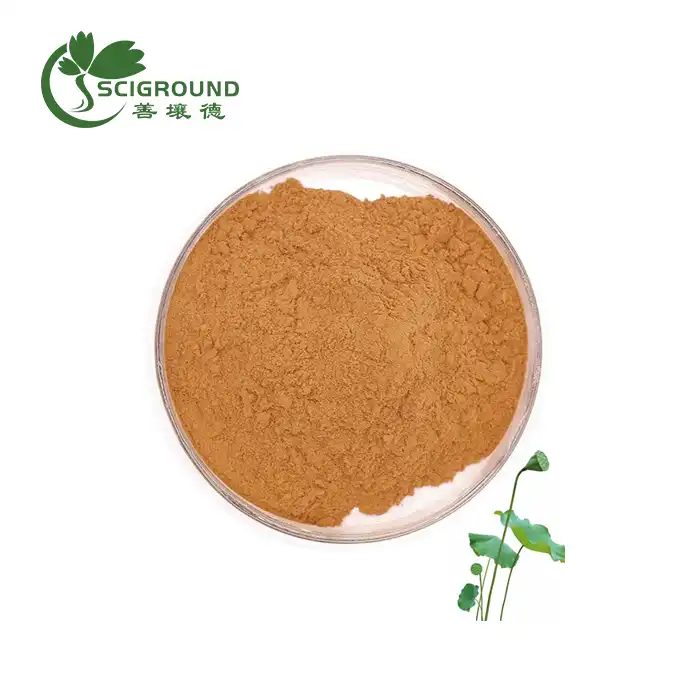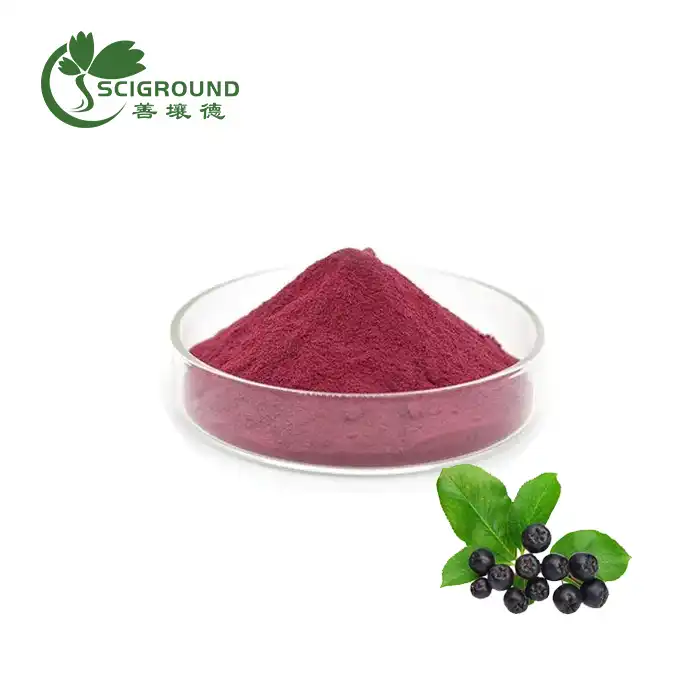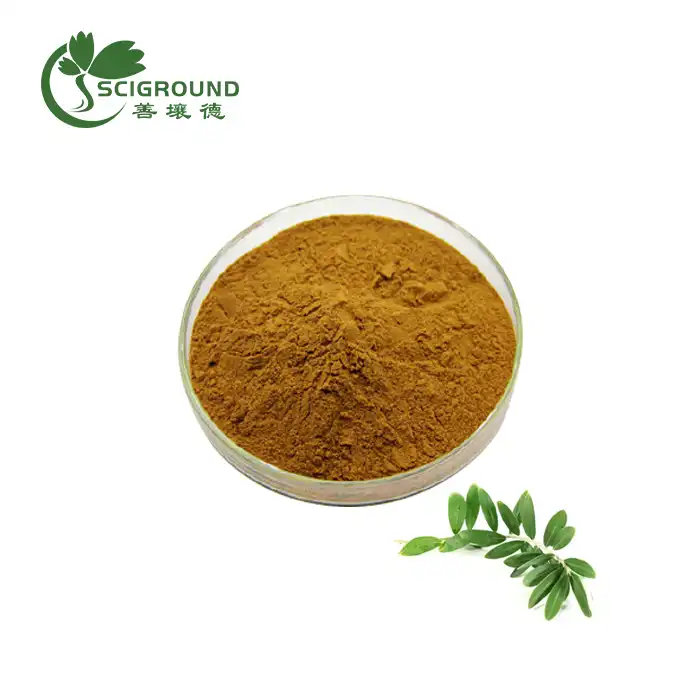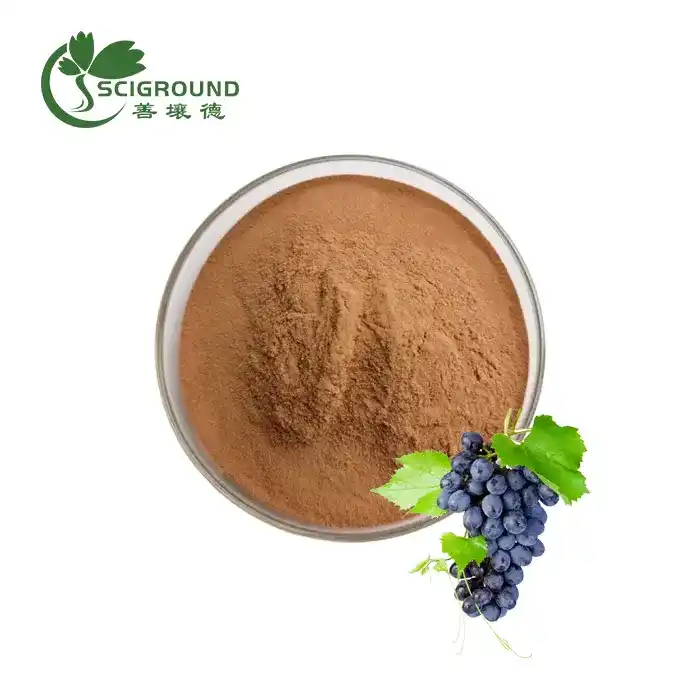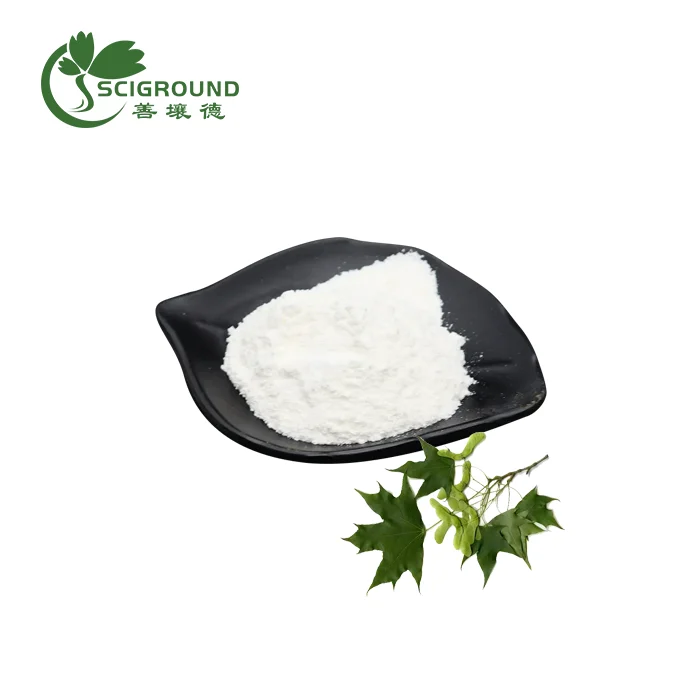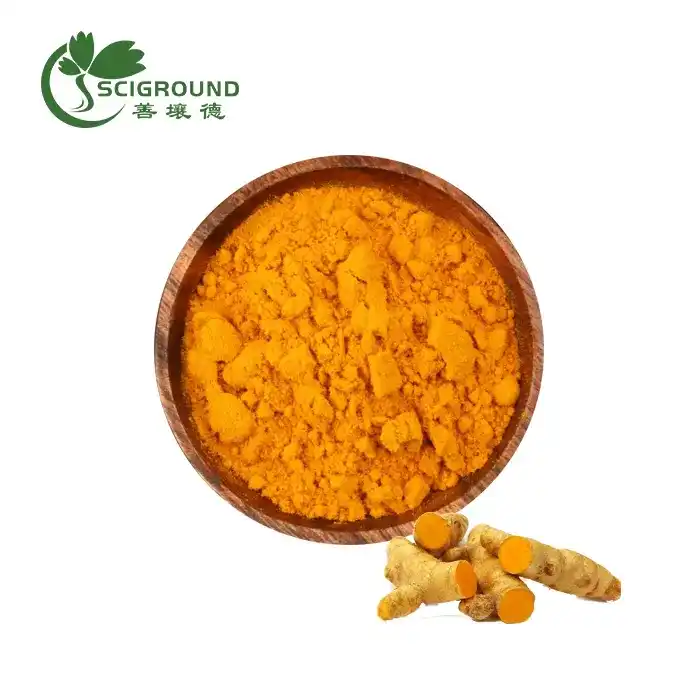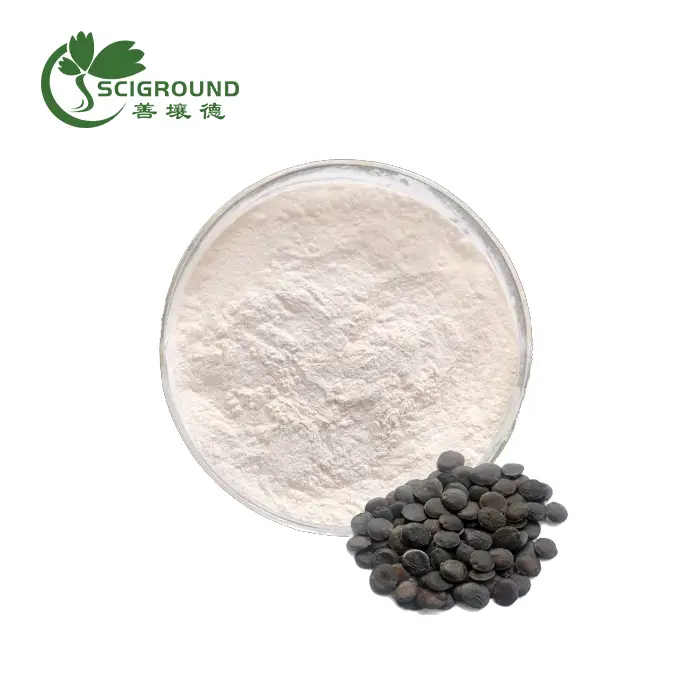Capsaicin vs Capsicum
In this extensive article, I will thoroughly examine capsaicin and capsicum, clearly delineating what each one is, their similarities and differences, related health merits, and answers to frequently asked questions about these intriguing compounds.
What is Capsicum?
Capsicum represents a diverse genus within the widespread nightshade family of flowering plants, scientifically known as Solanaceae. Encompassing over 31 identified species, the capsicum genus includes all varieties of peppers, ranging vastly in terms of scoville heat units, flavors, sizes, colors, and nutritional profiles.
While capsicum plants trace their origins to Central and South America, today they thrive worldwide in temperate to tropical regions. These hardy plants produce the edible fruits commonly referred to as pepper pods or peppercorns. Within the hollow inner cavity lie the edible seeds and membranes that contain beneficial plant nutrients like vitamins, antioxidants, and protective capsaicinoids.
Some of the most common species under the expansive capsicum genus include:
Capsicum annuum - Most commercial pepper varieties including bell peppers, jalapeños, bananas, cayennes, etc. This highly diverse species comes in many shapes, heat levels and colors.
Capsicum frutescens - Includes superhots like tabasco peppers and the infamous ghost pepper renowned for its extreme pungency.
Capsicum chinense - Known for extra hot varieties like habaneros and Scotch bonnets.
Capsicum baccatum - Contains peppers like ajís and Peruvian white peppers popular in South American cuisine.
Capsicum pubescens - Includes South American rocoto peppers, known for their black seeds and mild, fruity flavor.
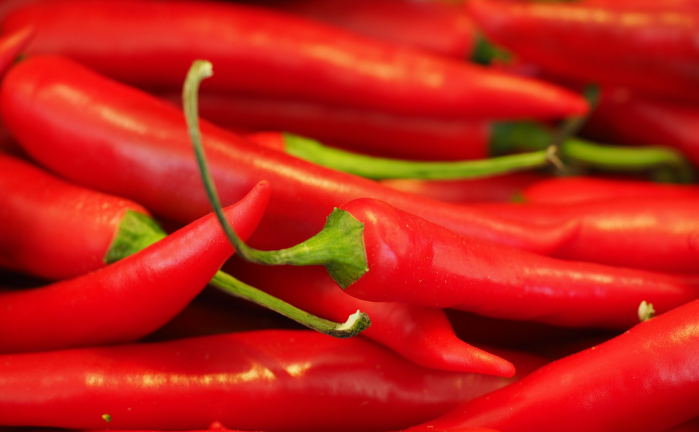
What is Capsaicin?
Capsaicin powder is the powerfully pungent compound produced in capsicum fruits that generates their characteristic heat sensation when eaten. Along with a handful of related chemicals called capsaicinoids, capsaicin is found concentrated in the inner membranes and seeds of capsicum peppers.
As an alkaloid, capsaicin is odorless, colorless, and crystalline in structure. It works by stimulating sensory neurons in the mouth, throat, and stomach that normally respond to heat and pain, signaling the brain to perceive those burning, spicy sensations. This also triggers the release of neuropeptides that regulate pain and body temperature.
In purified form, bulk capsaicin can score over 16 million on the Scoville scale, making it highly potent and pungent. It makes up approximately 69% of the capsaicinoids within capsicum varieties. Without this compound, capsicum peppers would completely lack their signature heat and spiciness.
Similarities Between Capsaicin and Capsicum
Capsaicin and capsicum share an intimate connection both etymologically and biologically. The root "capsici-" present in both terms derives from the original Latin name for peppers. This hints at how interdependent they are, with capsaicin found naturally only in capsicum fruits.
In addition to their taxonomic ties, both capsaicin and capsicum provide a range of potential health benefits. However, capsicum offers essential vitamins, minerals, antioxidants, and other beneficial phytochemicals, while capsaicin specifically provides the heat sensation and unique effects on metabolism and thermogenesis.
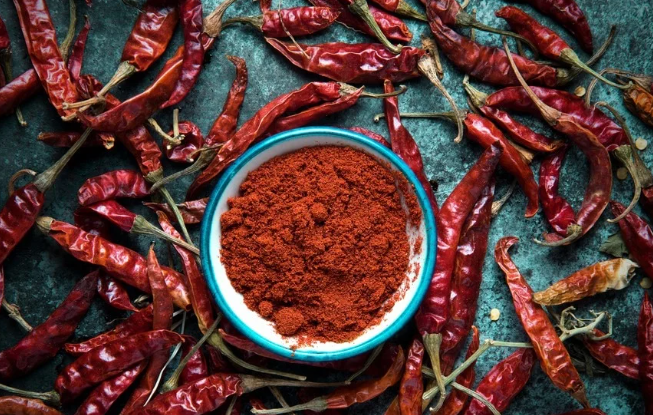
Capsaicin and Capsicum Contents in Peppers
While all capsicum peppers derive from the same nightshade genus, the capsaicin content varies immensely based on the exact species and variety. On the lower end, sweet bell peppers contain virtually no detectable capsaicin. Yet on the upper extreme, the world's hottest peppers like the Carolina Reaper can surpass 2 million Scoville heat units, meaning high concentrations of capsaicin.
The average jalapeño registers around 5,000 SHU, cayenne 30,000-50,000 SHU, habanero up to 350,000 SHU, and ghost pepper over 800,000 SHU. Generally, the hotter the capsicum variety, the more abundant capsaicin within its membranes and seeds. This spectrum demonstrates the incredible diversity found within capsicum species.

Capsaicin and Capsicum Health Benefits
Independently and combined, both capsaicin powder and capsicum offer a spectrum of potential health benefits supported by research. As whole fruits, capsicum provides essential vitamins like A, C, B6, minerals like potassium, antioxidants like lycopene and lutein, and anti-inflammatory compounds like dihydrocapsiate.
Meanwhile, capsaicin displays bioactive properties including boosting thermogenesis and metabolism, reducing inflammation through pain receptor modulation, demonstrating antibacterial effects, and potentially protecting against stomach ulcers.
By consuming spicy capsicum products containing capsaicin, you can enjoy the nutritional merits of the whole pepper together with capsaicin’s unique health effects. This highlights the symbiotic relationship between capsaicin and its capsicum fruit sources.
FAQs About Capsaicin and Capsicum
Here I will thoroughly answer some common frequently asked questions about these two interrelated cap- compounds:
Why do Australians use the blanket term capsicum?
In Australian terminology, capsicum became adopted as an umbrella term to refer to all varieties of peppers, whether sweet bell peppers or spicy chili peppers. This arose from British colonists introducing the capsicum label to broadly encompass sweet, non-pungent pepper varieties.
Do all capsicum peppers contain capsaicin?
No, capsaicin content varies enormously among different capsicum cultivars. Some species like bell peppers contain virtually zero capsaicin, while others like habaneros possess very high concentrations of this heat compound.
Is capsaicin a type of bell pepper?
No, capsaicin is not a capsicum variety itself. Rather, it is a pungent chemical compound synthesized exclusively within hot, spicy capsicum varieties. Mild green bell peppers completely lack capsaicin.
Is capsaicin water soluble?
No, capsaicin's non-polar molecular structure makes it highly insoluble in water. It cannot overcome water's polarity to properly dissolve, exhibiting extremely poor water solubility around 0.001%.
Can you obtain capsaicin without eating peppers?
Yes, it is possible to consume capsaicin in supplemental form or apply it topically through creams containing capsaicinoids. However, this isolated method misses out on the full spectrum of nutritional benefits from eating whole capsicum peppers.
References:
Othman, Z.A.A. et al. (2019). Capsicum species: From taxonomy to modern botany. Planta, 250, 851-866.
Davis, C.D. et al. (2022). Capsaicin, capsicum and pepper: Health benefits. Nutrients, 14(12), 2443.
Marrelli, M. et al. (2018). Effects of capsaicin on health: A comprehensive review. Nutrients, 10(11), 1618.
Sutton, K.H. et al. (2005). Australian terminology for capsicum. Rural Industries Research and Development Corporation, Barton.
Bosland, P.W., & Baral, B.B. (2007). 'Bhut Jolokia' - The world's hottest known chile pepper is a putative naturally occurring interspecific hybrid. HortScience, 42(2), 222-224.
O'Neill, J. et al. (2012). Solubility of capsaicin in ethanol and water. J. Chem. Eng. Data, 57(3), 847-850.
Thomas, B.V. et al. (1998). Influence of surfactants, pH and chelating agents on solubility of capsaicin. J. Food Sci. Technol., 35(2), 128-131.
About Author

Celine Xu is a botanist with over 15 years of experience researching and developing plant extracts for nutritional and pharmaceutical applications. She leads an R&D team focused on identification, cultivation and extraction of medicinal plants. Celine Xu earned a Ph.D. in Plant Biology has authored numerous articles in peer-reviewed journals about the health benefits of specific phytochemicals. She frequently speaks at industry conferences about new developments in plant extract research. Celine Xu is dedicated to advancing the scientific understanding of how targeted plant compounds can be used to improve human health.
Related Industry Knowledge
- What is angelica root extract good for?
- What is Arctium extract good for?
- Is aescin safe?
- How is Boswellia taken?
- which is better maca root extract or gelatinized
- What happens to your body when you take lysine?
- are potatoes a good source of protein
- Creatine Pills vs Powder
- What Are the Benefits and Applications of L-Lysine Powder?
- Does bcaa have caffeine?
